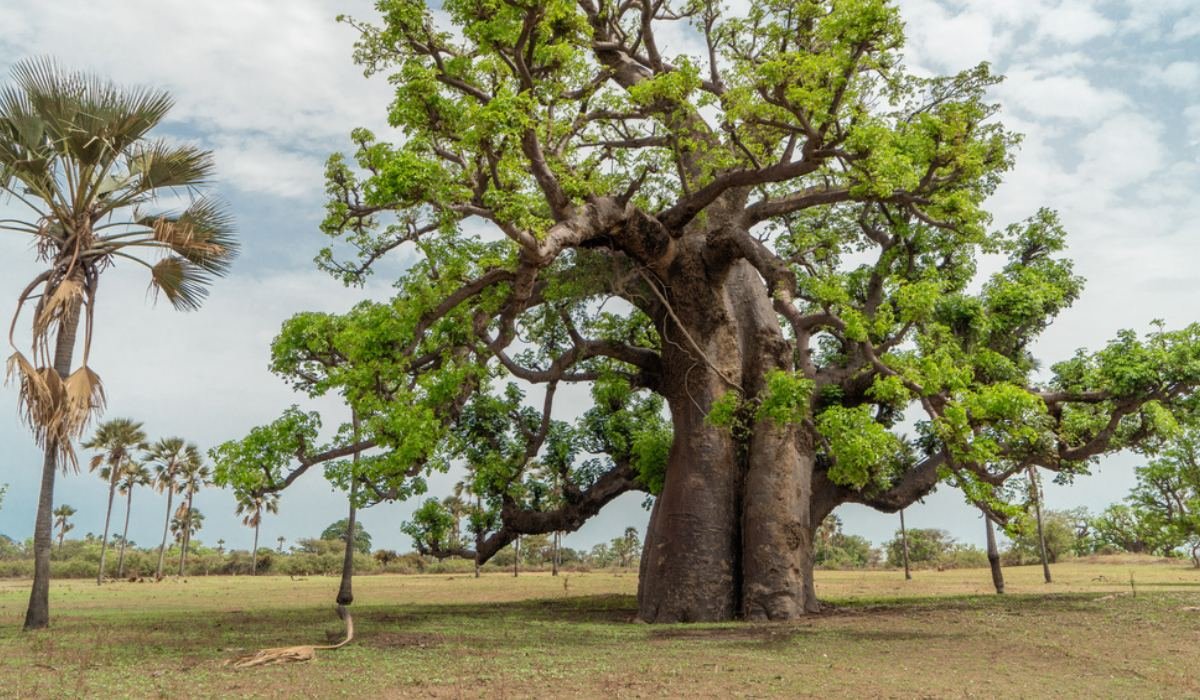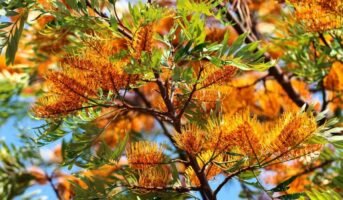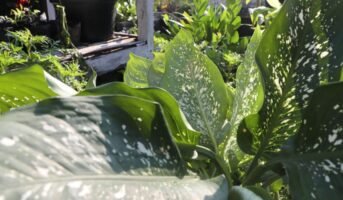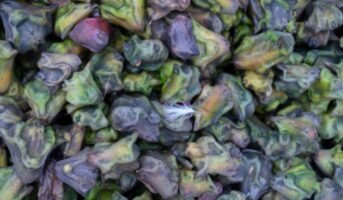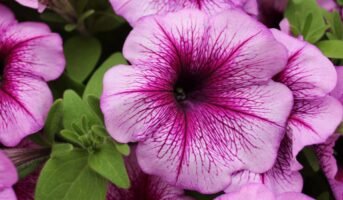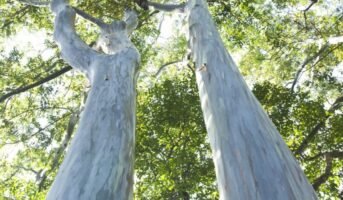What is Adansonia Digitata?
The Adansonia Digitata tree, often known as the African Baobab, is the most common and widespread species of the genus Adansonia, which includes all baobab trees. Its natural habitats include the southern Arabian Peninsula and the African continent.
Radiocarbon dating has revealed that some of these pachycauls are over 2,000 years old, demonstrating that they have a very long lifespan. They are most commonly discovered in the arid and steamy savannas of sub-Saharan Africa, where they predominate the landscape and make it obvious from a distance that there is a waterway nearby.
Adansonia Digitata: Key facts
| Common name | Baobab tree |
| Family | Malvales |
| Habitat | Deciduous Tree |
| Height | 20.00m |
| Growth Rate | Slow |
| Native Area | Africa |
| Soil pH | Mildly acidic |
See also about: oak tree
Adansonia Digitata: Features
- The African baobab is a giant deciduous fruit tree that may grow to anywhere between 20 and 30 metres in height and can live for many hundred years.
- Its bloated and frequently hollow trunk has the appearance of a massive bottle and can grow as wide as 3 to 7 metres in diameter.
- It has a narrow canopy and short, stocky branches that are twisted in a tangled manner.
- A widespread and robust root system that can grow to a depth of two metres and have a diameter that is greater than the tree’s height is responsible for the baobab tree’s exceptional ground stability.
- The leaves can be simple or digitally complex, have a dark green upper surface, and are born at the end of a petiole that is 16 centimetres in length.
- The width ranges from 1.5 to 7 centimetres, while the length ranges from 5 to 15 centimetres.
- The baobab tree loses its leaves around the beginning of the dry season, and then it grows new leaves when it flowers.
- The pentamerous blooms are white, huge (with a diameter of 20 centimetres and a length of 25 centimetres), and hang on stalks on pedicels that can reach lengths of up to 90 centimetres.
- The fruit is an enormous ovoid capsule measuring 35 centimetres in length and 17 centimetres in width.
- It has a tough, woody encasing that encloses a pulp and black seeds.
- Once the fruit has reached maturity, the rind will become brittle, and the flesh will have the consistency of chalk.
- After 8–10 years from the time of planting, the tree will begin to bear fruit, but the tree won’t produce consistently until after 30 years.

Source: Pinterest
Adansonia Digitata: Growing tips
- Baobab seeds need room-temperature soaking before planting. Soak the seeds in warm water overnight. Scarify baobab seeds to expose their inner white coating.
- Before planting, dry seeds indoors overnight. Baobab seed germination is minimal, therefore plant three times as many.
- Keep the soil temperature above 15 degrees Celsius while planting baobab seeds. Keep soil moist, but not damp.
- Once roots grow, baobab can be planted in containers or outdoors. Minimum 7 cm pot diameter.
- Baobab seed germination takes a week to a month. Baobab seedlings demand patience.
Propagation
- It is also possible to cultivate baobab trees from cuttings. To accomplish this, take a clipping from the tree in the spring. At a minimum, three leaves should be present on each cutting.
- After taking a cutting, you should wait a few days for it to dry out in order to avoid the risk of fungal infections and stem rot. Following this step, you should plant the cutting in soil that is composed of sand and peat.
Adansonia Digitata: Maintenance tips
- The watering needs of baobab are between moderate and low.
- The hardy exotic plant thrives best in an environment that is warm, sunny, and bright.
- The larger specimens are able to withstand the lengthier drying times.
- On the other hand, seedlings have a higher water requirement and should be maintained damp but not dripping wet.
- In winter, put it somewhere indoors where it will be warm and sunny, preferably near a windowsill. Baobab will not thrive at temperatures below 10 degrees Celsius, therefore try to maintain that temperature.
- Use of fertilisers and watering the plant during winter is prohibited as it would damage the plant.
- In the event that you are successful in cultivating a baobab tree, you will be rewarded not only with its decorative strong trunk and lush green foliage but also with its huge white blossoms and tasty fruits.
Adansonia Digitata: Edible uses
- Fruit pulp is consumed and put into beverages.
- The mature fruit’s pulp is rich in vitamin C and B2 and creates a delightful drink.
- Cracked ripe fruits are used to make fermented porridge with flavourings. They are eaten fresh or dried and pounded into a powder to thicken soups and stews.
- The leaves are a tasty condiment, eaten with a millet meal. Ground into flour, they’re a flavouring or baking powder replacement.
- Seeds yield edible oil.
What are the benefits of Adansonia digitata?
- Leaf and flower infusions are used to treat respiratory, intestinal, and ocular discomfort.
- Gastric, renal, and joint disorders are cured with seeds. They’re roasted, then ground, and the powder is spread or consumed.
- The seed paste heals teeth and gums. Fruit pulp, seed, and bark supposedly treat Strophanthus toxicity.
- The pulp is used to cure fevers and diarrhoea in Africa. Bark gum cleans sores. It’s a diaphoretic and expectorant.
- The bark calms shivering and fever in steam baths. Boiling the bark relieves physical aches.
- Root decoctions treat lassitude, impotence, and kwashiorkor.
- Sun-dried leaves include 3.6% calcium oxide, potassium tartrate, salt, and tannin.

Source: Pinterest
FAQs
How quickly does a baobab tree mature into an adult?
The tree does not develop very quickly, and it might take anywhere from 15 to 20 years for some of them to bear fruit.
Is it difficult to cultivate baobab trees?
The baobab is a tree that requires little care and is known as the world's biggest succulent.
How tall does a baobab tree typically grow?
The tallest point that a baobab may reach is around 23 metres.
Housing News Desk is the news desk of leading online real estate portal, Housing.com. Housing News Desk focuses on a variety of topics such as real estate laws, taxes, current news, property trends, home loans, rentals, décor, green homes, home improvement, etc. The main objective of the news desk, is to cover the real estate sector from the perspective of providing information that is useful to the end-user.
Facebook: https://www.facebook.com/housing.com/
Twitter: https://twitter.com/Housing
Email: [email protected]
